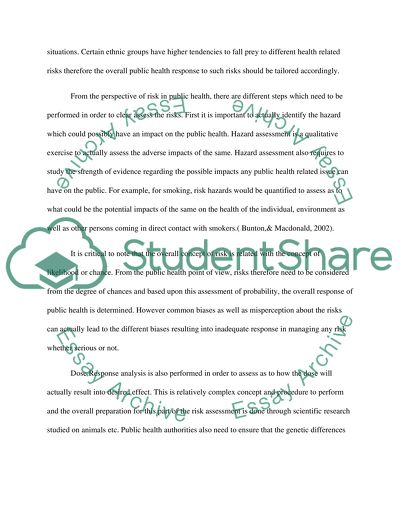Cite this document
(“Risk and Public Health Essay Example | Topics and Well Written Essays - 3000 words”, n.d.)
Retrieved from https://studentshare.org/health-sciences-medicine/1403502-critically-examine-the-sociology-of-health-and
Retrieved from https://studentshare.org/health-sciences-medicine/1403502-critically-examine-the-sociology-of-health-and
(Risk and Public Health Essay Example | Topics and Well Written Essays - 3000 Words)
https://studentshare.org/health-sciences-medicine/1403502-critically-examine-the-sociology-of-health-and.
https://studentshare.org/health-sciences-medicine/1403502-critically-examine-the-sociology-of-health-and.
“Risk and Public Health Essay Example | Topics and Well Written Essays - 3000 Words”, n.d. https://studentshare.org/health-sciences-medicine/1403502-critically-examine-the-sociology-of-health-and.


